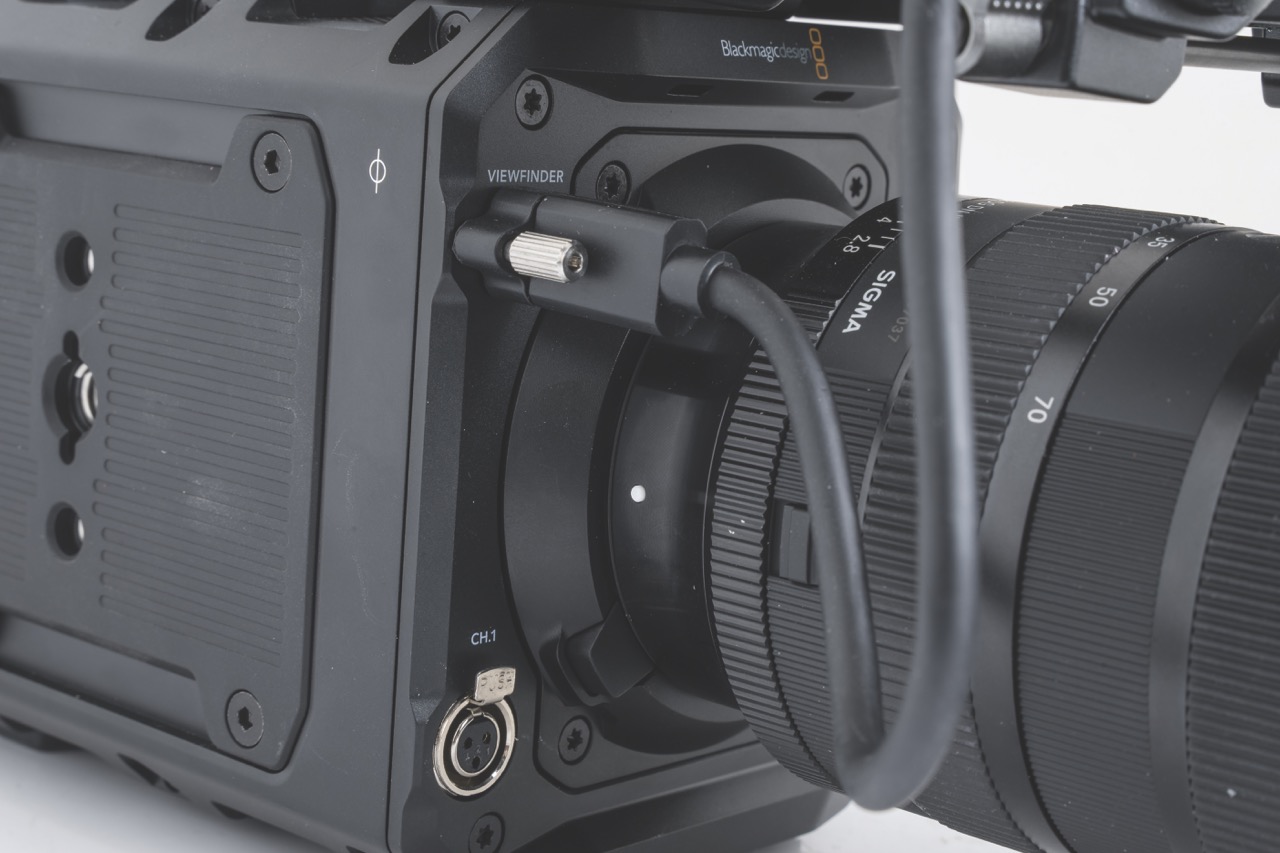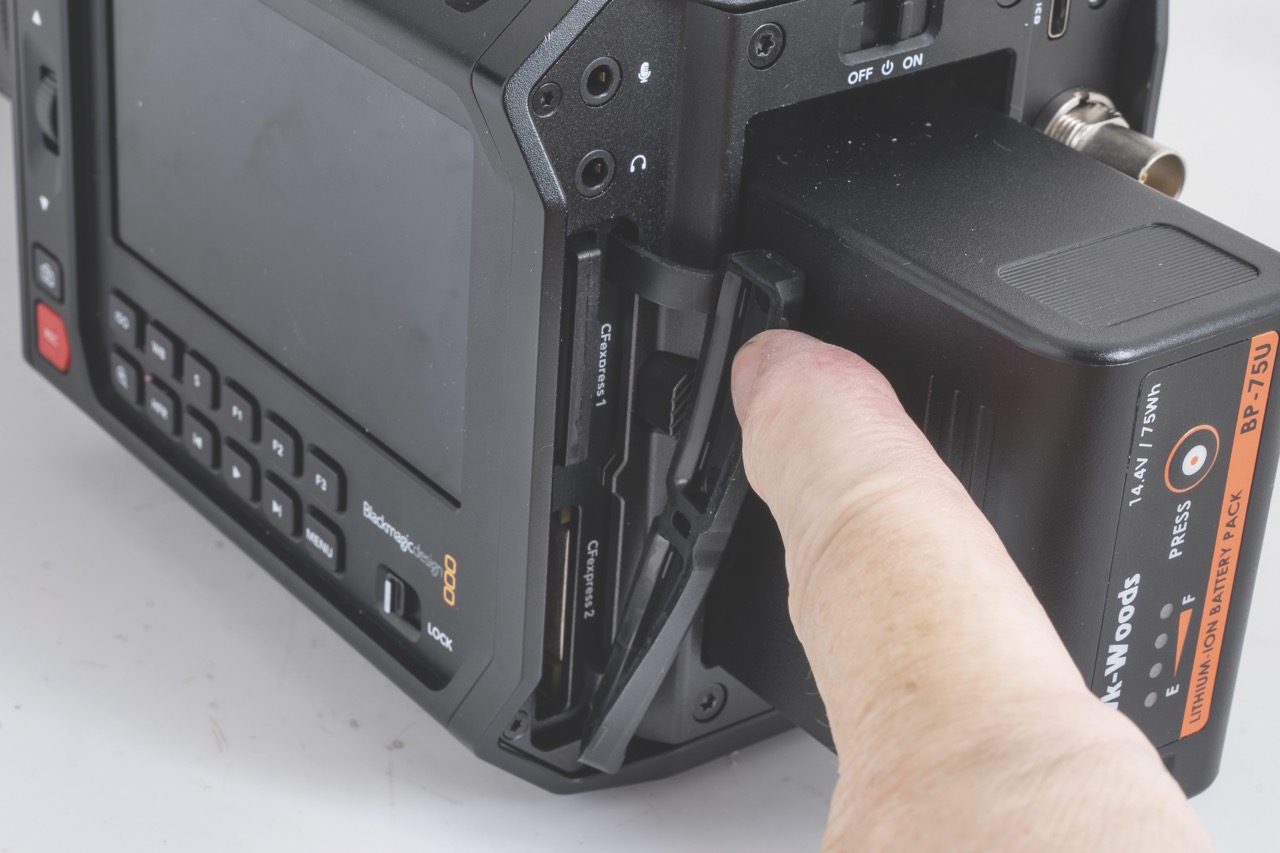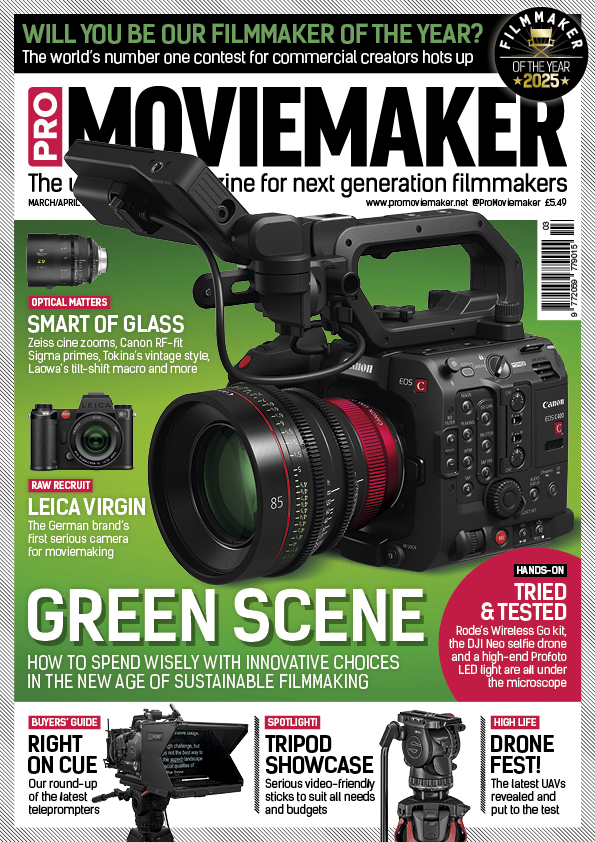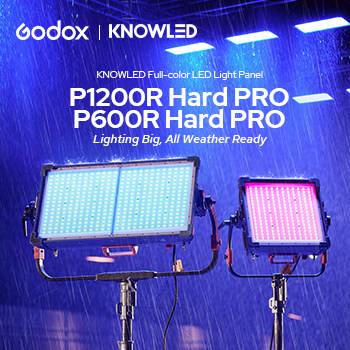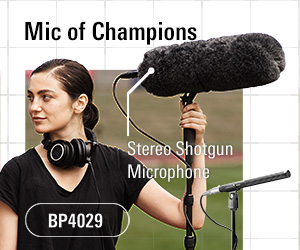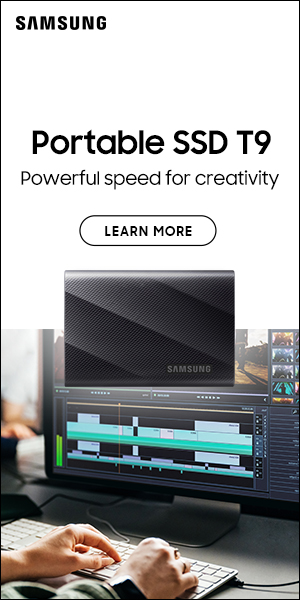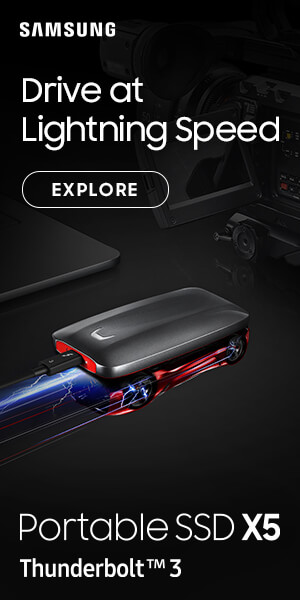
Big Test: Blackmagic Pyxis 6K
Posted on Jan 12, 2025 by Pro Moviemaker
Pyxis greatest hit
Is the affordable full-frame Blackmagic cinema camera good enough to go to the top of the charts?
Whenever Blackmagic launches a new camera, you can pretty much guarantee it will be innovative, capable of creating sublime footage and have some unusual quirks at a surprisingly low price. The new Pyxis 6K definitely ticks all those boxes.
We’ll start with the price as, at £2640/$2995 for the cinema camera-style box body, it’s in a different league to anyone else’s full-frame offering.
That’s because Blackmagic CEO Grant Petty has always said his mission is to allow the highest quality to be affordable to everyone and the Pyxis certainly fits in with that ethos. It even comes with a full copy of DaVinci Resolve Studio, which is usually £222/$235.
This is the first compact, cinema-style modular camera from the Aussie brand to offer a full-frame sensor. The Ursa range is significantly bigger and heavier, and far more costly if you want the full-frame option. More than four times the price, in fact.
When the hybrid-style Cinema Camera 6K came out a year ago, it was the first truly affordable full-frame offering from Blackmagic, but uses the oversize, chunky body of the old Pocket Cinema Camera range. It looks like a pro DSLR on steroids – a big change from what many filmmakers are used to.
Now, the internals of that camera are in the new Pyxis. So it’s the same 36x24mm 6K sensor with built-in optical low-pass filter to cut down moiré. Like the older camera, it comes with the Leica L-mount, as used in Panasonic, Sigma and Leica cameras. However, the Pyxis is also available with a PL mount or locking EF mount.
However, the mounts aren’t interchangeable. If you exclusively use PL or EF lenses then your choice is obvious. However, if you pick up the L-Mount version then you can buy adapters for attaching PL or EF glass, and some of them offer features like built-in ND filters.
Sadly, the Pyxis doesn’t have these. That could either be seen as a deal-breaking omission, as they do come on cameras like Sony’s full-frame FX6 cinema cam. Or you could see it as the mark of a camera made for cinema-style shooting, like Red’s Komodo, which doesn’t have them. Either way, you need a matte box with filters or a variable ND to get the exposure right.
Blow your clone trumpet
Although cinema versions of hybrid cameras usually unlock a lot of higher-quality options, the Pyxis is virtually a clone of the Pocket 6K in terms of spec. But that’s not a bad thing, as this includes many options, such as open gate 6K in 3:2 and 6:5 anamorphic. It shoots DCI 6K and 4K up to 60p as well as 120fps in 1080 HD, in Blackmagic Raw and simultaneous HD proxy recording for fast delivery, speedier post or cloud workflows.
The headline 6K footage from the CMOS sensor comes in 3:2 format open gate in 12-bit Blackmagic Raw. This is an ideal format that captures everything and is great for cropping in post-production to widescreen or even vertical. However, if you shoot in 6K 3:2 the frame rate maxes out at 36fps, but drop to DCI 6K 17:9 and it’s 48fps, while in a 2.4:1 crop it’s 60fps. Go to DCI 4K and the max is 60fps, while a drop to Full HD brings 120fps.
However, in everything but open gate the sensor is windowed, so there’s a crop factor. In DCI 6K widescreen there’s a small 1.05x crop, while in 4K 16:9 it’s a 1.65x crop which is significant. The 1920×1080 HD at 120fps has a huge 3.3x crop that’s ideal for wildlife or sports shooters, but for anything else needs a very wide lens.
The sensor doesn’t offer the fastest readouts either, so fast pans will produce skewed verticals. Realistically, this cinema camera is for slower, more considered work, rather than a high-speed-action, run-and-gun machine.
The sensor retains the 13-stop dynamic range and dual native ISO which bases at 400 and 3200. The Pyxis chooses 400 base from ISO settings of 100-1000 then goes to the 3200 base setting for ISO 1250 up to 25,600. If you find yourself needing to select 1000 ISO, then it’s actually better to go up to 1250 ISO, since there’s an improvement in quality for low light. However, there is no way of adding noise reduction in camera and noise at low light does rear its head so needs work in post. Like we said when we tested the hybrid 6K mode, this isn’t king of the darkness, but a camera that likes decent light.
In fact, you’ll spend more time in post as the camera shoots its high-quality footage exclusively in Blackmagic’s Raw format, so you need to use DaVinci Resolve. There are no edit-ready formats like ProRes in camera for quick workflows. The Pyxis does things its own way, like using Raw and Blackmagic’s Generation 5 colour science, as well as HD proxies for fast editing and a cloud-based workflow when things are really needed in a rush.
The Pyxis uses two CFexpress Type B card slots, which are a welcome addition, especially with the large size of Raw files. As on all the brand’s cameras, you can select different Raw compression levels, from 3:1 to 12:1, or four quality levels from Q0 to Q4 for consistent quality at varying bit rates.
Put in the time in post and you will be rewarded with footage that is detailed, colour-rich and flexible. You can push Raw files around like nothing else, making huge colour balance alterations and the flashiest deep grades. This is an incredible- quality camera, and filmic looks are as good as your skills in Resolve.
There are lots of gamma choices when shooting, such as a video setting for punchy looks, extended video for a wider dynamic range and a filmic look setting. There are some LUTs included and you can load your own too. Resolve also offers some digital image stabilisation, although there is a small crop. And there’s no built-in image stabilisation – more proof that this is a cinema camera – so is best used on a tripod or gimbal.
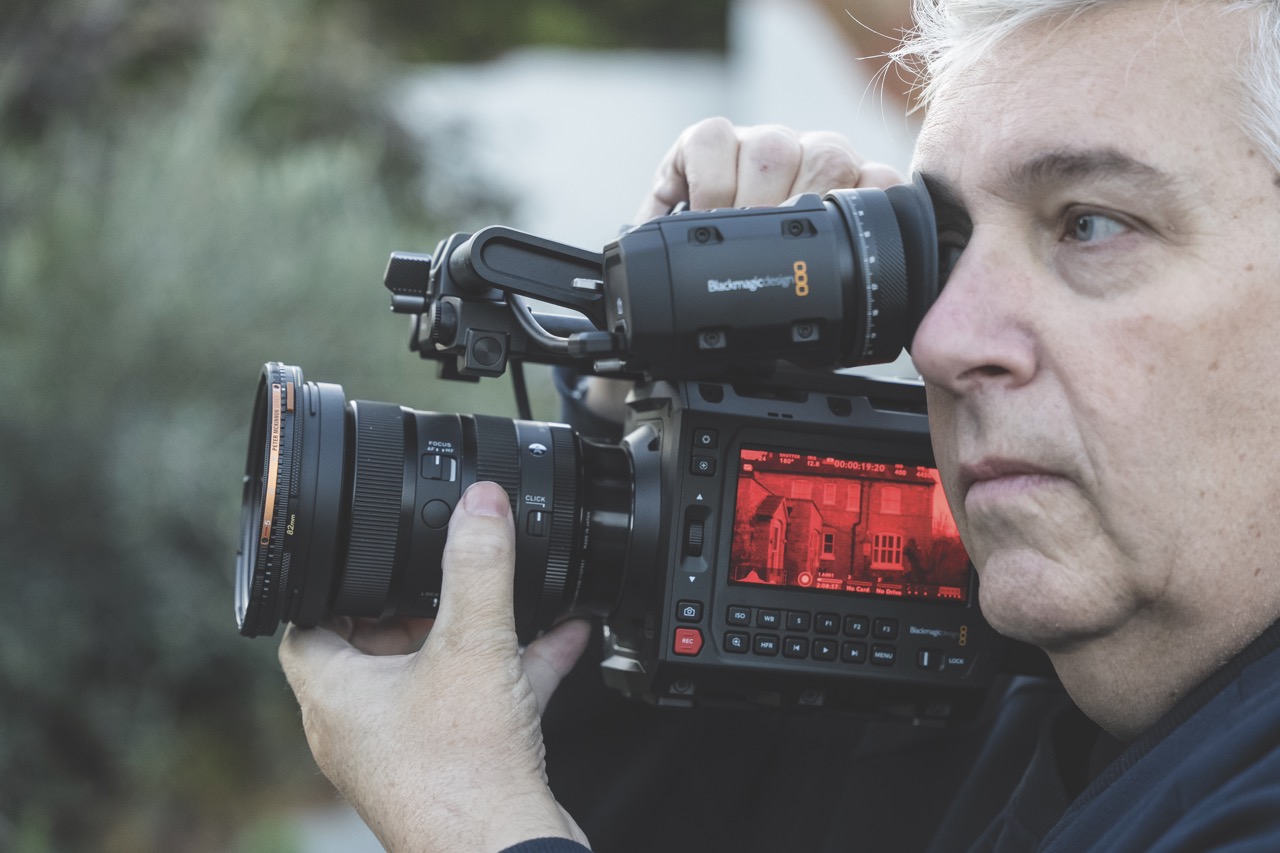
Screen better days
When it comes to handling, the large, four-inch HDR touchscreen is bright at 1500 nits, sits on the left side of the camera and can be used to change the settings and navigate the menus. It sits next to a decent array of dedicated buttons to change much-used features such as ISO and white-balance, a quick autoexposure and an autofocus button which uses the slow contrast detect AF system in single-shot only mode. Yep, there’s no fancy hybrid phase detection AF with clever face and subject detection driven by an AI algorithm. The Pyxis focuses quickly, but often hunts before locking on. There’s no continuous AF, so again it isn’t ideal for fast-moving subjects. Manual focusing is where it’s at, and it’s good on this camera with its large screen, useful peaking and punch-in focus button which zooms in on the central area.
However, the only way to see this is by looking at the screen on the left side, which is far from useful. It’s essential to buy the five-inch external monitor to sit on top or to the side. It costs just £323/$295 for the basic monitor or £486/$445 for a kit with a mount, all the cables and accessories, like a sunshade. For £621/$645 you can add on a rig with included carbon-fibre accessory rods. An EVF like the Ursa kit, which costs £1505/£1695, turns it into a genuinely useful camera, although it still needs a right-hand grip handle for on-the-shoulder work. Lots of companies make these bolt-ons, but you’ll need the £58/$59 rosette plate. If you have this, you can use the USB-C output for power and send the video signal to the external monitor. However, there is no HDMI out, so to use it with many external monitors you’ll need a USB-C to HDMI adapter. The camera does have the pro-level SDI output, so this can feed a monitor too.
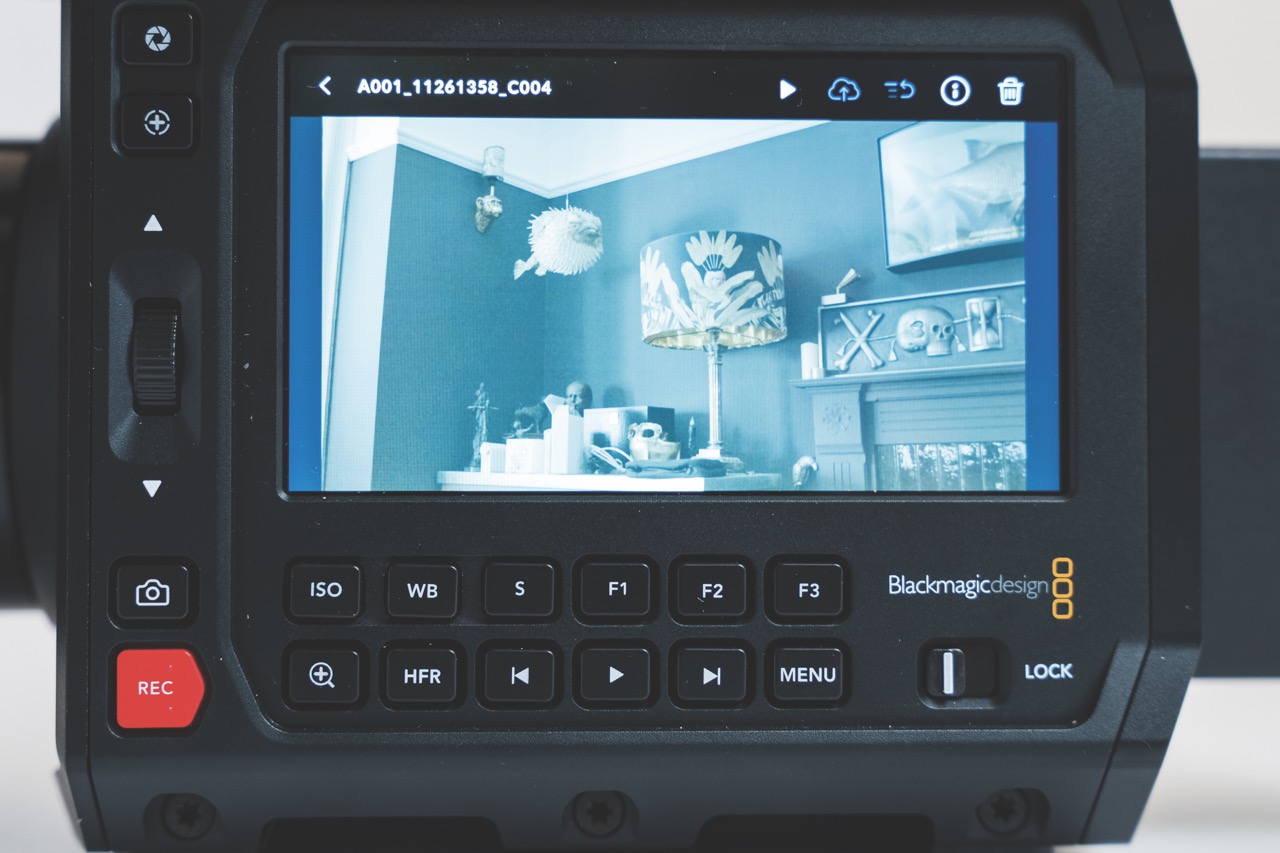
Drive time
The Pyxis comes with a small plate that bolts onto the right side and accepts an SSD or even a phone to stream from. The camera’s connectivity to Blackmagic’s own cloud service and direct streaming to YouTube and Facebook, among others, offers an elegant solution to getting your footage out in real time. You can plug in an Ethernet cable or even use it as a webcam via USB-C.
This cradle, to accept a phone or SSD, sits where the grip would fasten and uses a couple of Velcro straps to hold the device in place. You can record your footage direct to a drive or hook up a phone via the second USB-C socket. But if you want to use a side handle and USB caddy at the same time, you’ll need to rig up something more bespoke.
Whatever you’re doing, the built-in monitor screen is excellent, with clear menus and all the useful tools such as false colour and zebras. It also offers mini-XLR audio input with phantom power, decent internal mics and preamps. However, to use full-size XLR mics you again need an adapter.
If you really want some decent AF, you can fit on DJI’s Focus Pro system, linked to LiDAR. This would let you use the Focus Pro grip on the side of the camera to control everything and link it to a focus motor on the side of the lens. Although the camera comes with a battery slot to take the popular Sony BP-U fit cells that can offer D-Tap output to power accessories, you could rig up a V-Mount battery to keep you running all day.
The Pyxis 6K is very much a modular cinema camera, as you have to choose the accessories that you need for your specific shooting. This does add significantly to the overall cost and bulk, but what you get is a fully customised, full-frame cinema camera that shoots 6K Raw in incredible detail. And that makes it a great buy.
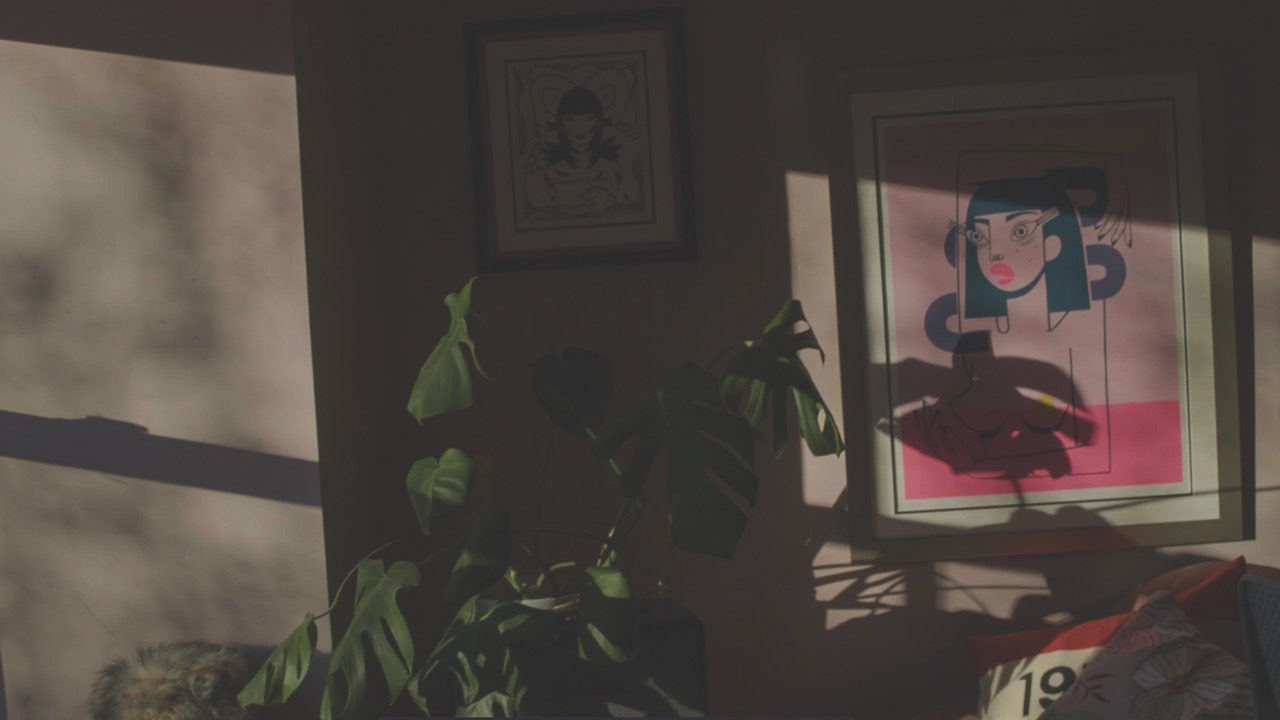
Specifications
- Price: £2640/$2995
- Sensor: 36x24mm full-frame CMOS
- Image stabiliser: None
- Base ISO settings: 400, 3200
- Dynamic range: 13 stops
- Lens mount: Leica L (Canon EF, PL optional)
- Monitor: 4in HDR LCD touchscreen
- Viewfinder: Optional
- Autofocus: Contrast detect
- Recording format: Blackmagic Raw 12-bit 6K 6048×4032 to 36p, 6048×3200 to 48p, 6048×2520 to 60p, 4096×3072 to 50p, DCI 4K 4096×2160 to 60p, 1920×1080 to 120p.
- External recording: Via SDI/BNC to 6K
- Connectivity: 2x USB-C, BNC 12G-SDI, mini XLR, 3.5mm stereo mic input, Lemo 2-pin DC input, BNC, RJ45 10Gb Ethernet, Bluetooth
- IP streaming: Yes, via USB-C
- Storage: 2x CFexpress Type B
- Battery: Sony BP-U
- Dimensions (wxhxd): 105.9×119.12×155.1mm/ 4.17×4.69×5.94in
- Weight: 1500g/3.3lb body only
The verdict
Like the Cinema Camera 6K which hosts the same sensor, Blackmagic’s Pyxis is an affordable full-frame camera that offers incredibly detailed, filmic-quality footage from its 6K Raw files. If you’re an expert at Resolve you’ll love it, but if you prefer other NLEs there will be a learning curve. It’s worth it as you have to use BRAW files.
Although you could get shooting and editing right now with an out-of-the-box Pyxis 6K for just £2640/$2995, with a lens simply boshed on, the camera needs some extra accessories to make it truly usable.
True to Blackmagic’s strategy, these are good value too – but this doesn’t get away from the lack of internal ND filters, image stabilisation and continuous AF.
The Blackmagic Pyxis works best when used manually in cinema-style, considered shooting, with good light and no superfast action. If that sounds like your brand of work, then you will love the Pyxis and its incredible results.
How it rates
Features: 8
Internal Raw but no ProRes, IS, ND or continuous AF
Performance: 9
Raw files are amazing, apart from in low light
Handling: 8
Needs a side grip, accessory monitor/EVF for solo work
Value for money: 10
Low price for a 6K Raw, full-frame sensor cinema camera
Overall rating: 9/10
A full-frame 6K Raw camera that needs to be understood
- Pros: 6K Raw, a real cinema cam, good value for money
- Cons: Poor AF, needs rigging up
This review was first published in the January/February 2025 issue of Pro Moviemaker

